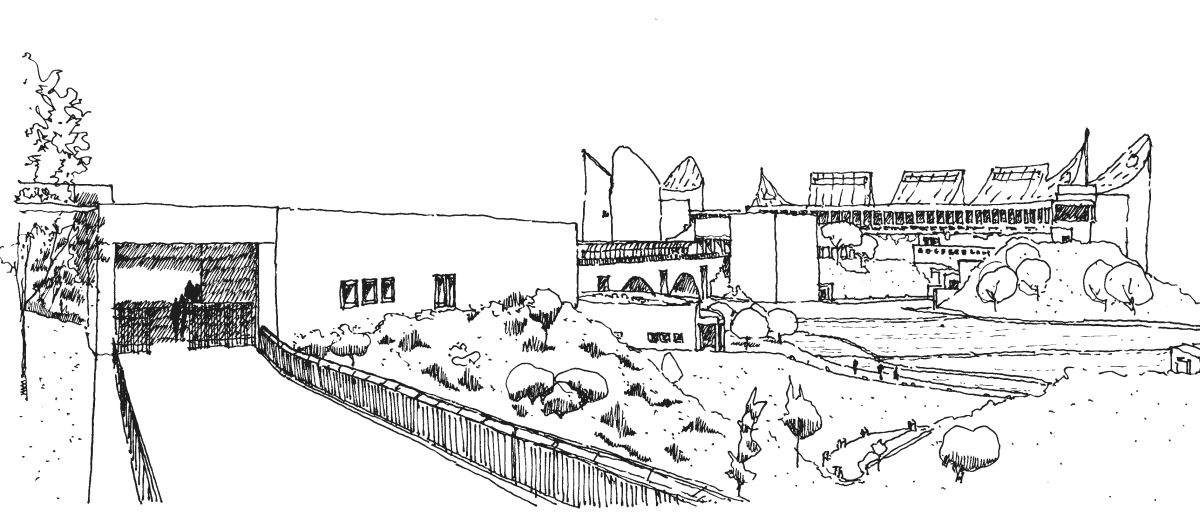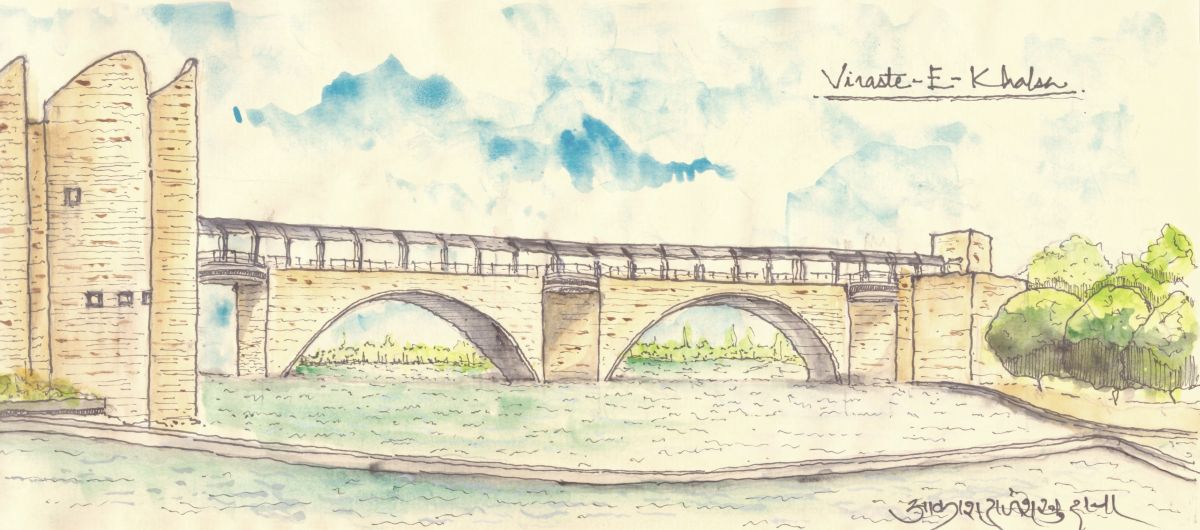
Community Effort in Preserving Muskaan School, designed by Revathi Kamath (Kamath Design Studio)
The Muskaan School in Bhopal, designed by Revathi Kamath (Kamath Design Studio) in 2016, showcases sustainable architecture and community involvement. Now facing structural challenges, it seeks donations and volunteers for urgent preservation and repairs.








